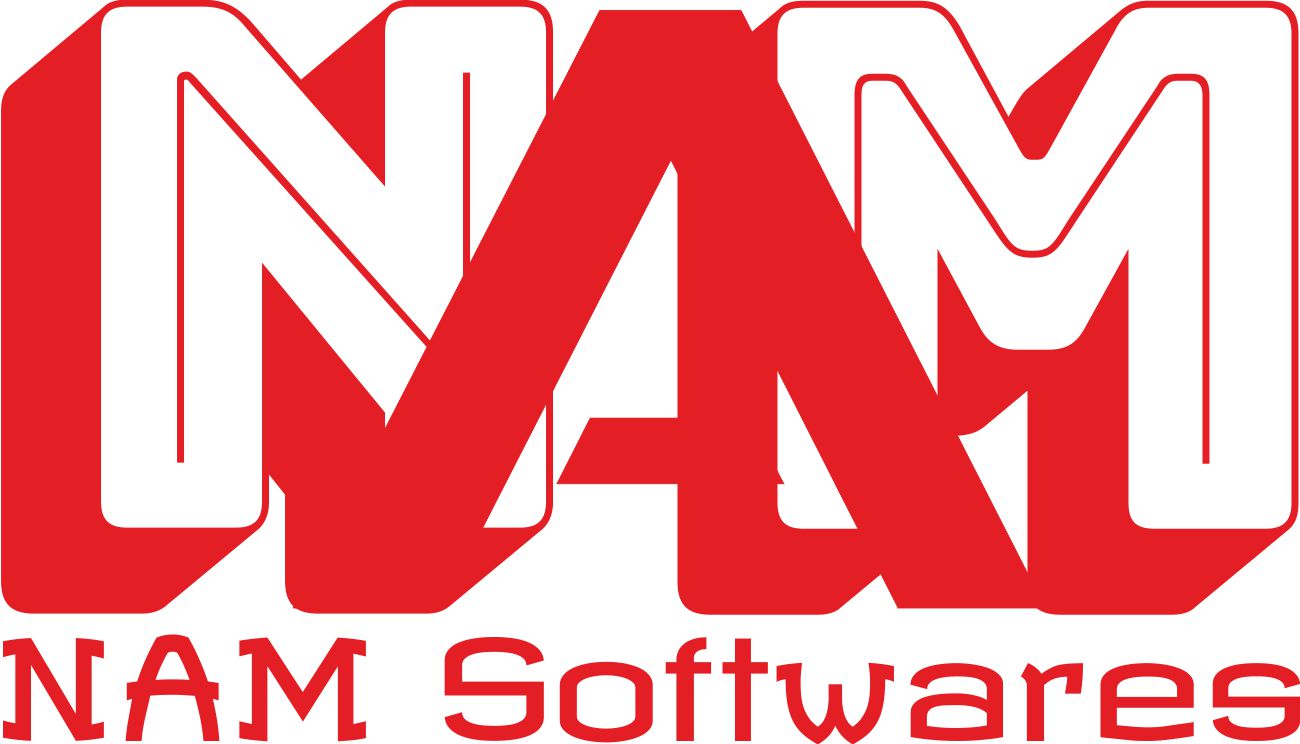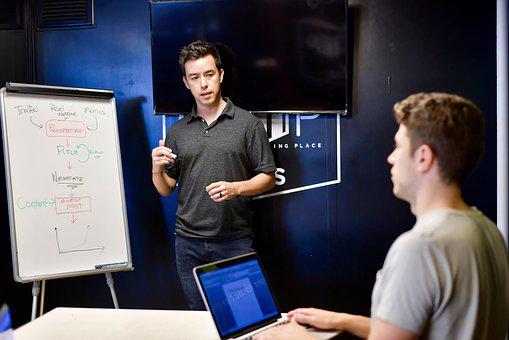What is cloud application development?
The need for cloud-based applications has significantly increased throughout the world. As a result, there is now more need for creating Cloud applications. As a result, the market for cloud computing has been consolidating over the past few years.
Nearly everyone uses cloud apps and services, either directly or indirectly. Even if they occasionally aren’t aware of it, businesses have grown their use of cloud-based services and apps. You are undoubtedly using a Cloud app if you use SaaS technologies. Cloud apps, however, provide much more than that.
What Exactly Is a Cloud?
Hi-tech computing services that are transmitted via the internet to some servers in another area are referred to as the “Cloud.” Typically, a third company manages this IT infrastructure and receives payment in exchange for the computing power and other cloud-based services. Generally speaking, cloud services give businesses the flexibility to hire the computing power they require without having to directly own or operate the IT infrastructure themselves.
Because of the advantages they offer, this technology and the related services are becoming more and more popular. Fast internet connections and powerful computers have made it possible to transport information quickly enough to create cloud-based applications that simulate native device computing in many ways.
A “Cloud-Based Application” is what?
Cloud apps, usually referred to as cloud-based applications, appear to be taking over. A Cloud app is one that theoretically makes advantage of Cloud-based services. Therefore, whether an app is mobile or web-based, it most likely makes use of a Cloud service. The degree to which they utilize Cloud services is what really sets a Cloud app apart from a native one.
Companies producing ingenious and inventive solutions to all kinds of problems that employ technology to perform things that were previously impossibly difficult have increased dependency on the processing power of the Cloud. Businesses are able to do extensive computations and provide top-notch services because of the ability to process vast amounts of data (Big Data) using IT infrastructure held by third parties.
Cloud applications development Winnipeg in particular has made it possible for numerous web-based Cloud applications, commonly referred to as web apps. Web apps are typically created using Cloud application development services, with the majority of processing taking place on the Cloud rather than on the actual device. The popularity of a new type of web app known as a Progressive Web App (PWA) is also rising.
A cloud app’s advantages – For companies looking to employ technology to address an issue, cloud application development provides a number of advantages. Several advantages include:
Improved app performance
A faster and more dependable service will be provided to users when more computations are carried out on the server-side of an app.
Increased uptime:
A Cloud-based application will remain available longer than through your own IT infrastructure thanks to the dependability of Cloud services.
Scalability:
Businesses can hire the processing capacity they require on-demand, which is highly practical for times when there is a strong demand for computer processing.
Update software easily:
Software updates are simple thanks to cloud computing technologies, which also make it simple to send updates to many users at once.
Security: Using cloud services lowers the chance that the physical IT infrastructure may fail.




